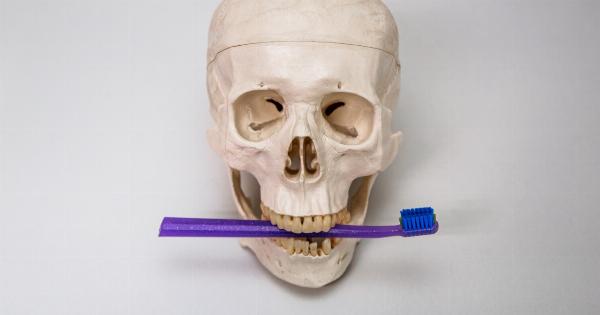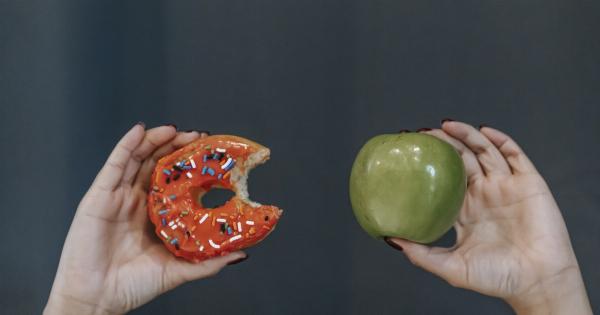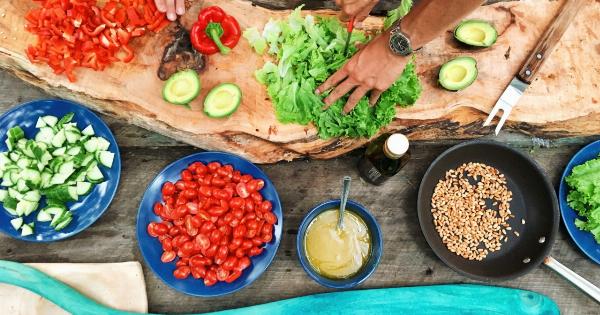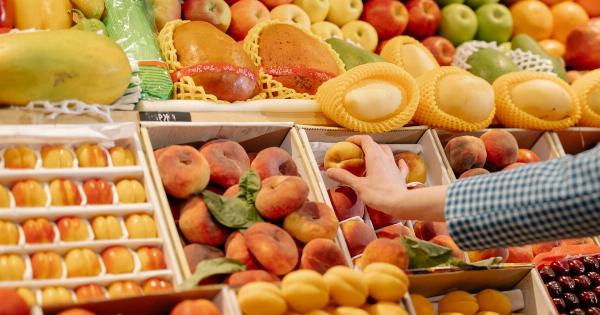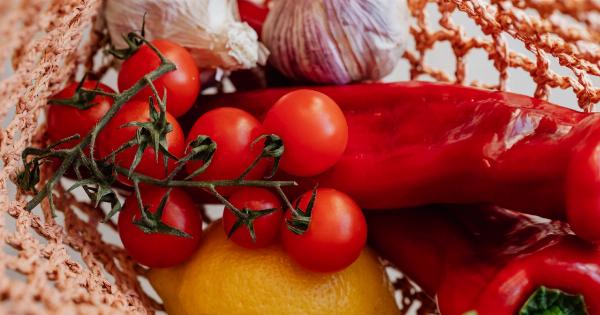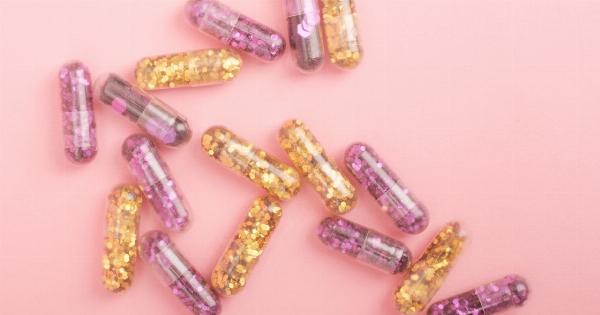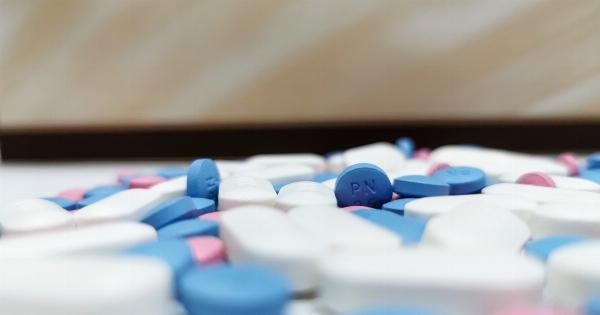Vitamin D is an essential nutrient that plays a vital role in many bodily functions, including bone health, immune function, and cognitive performance.
One of the primary ways we obtain vitamin D is through exposure to sunlight, but certain foods can also help prevent vitamin D deficiency. Here’s what you need to know about the role of food in optimizing your health through nutrition:.
What is Vitamin D and Why is it Important?
Vitamin D is a fat-soluble vitamin that plays a key role in regulating levels of calcium and phosphate in the body. These minerals are essential for the growth and maintenance of strong bones, teeth, and muscles.
Vitamin D also helps support a healthy immune system and may have a protective effect against certain chronic diseases, such as cardiovascular disease, diabetes, and cancer.
There are two forms of vitamin D: vitamin D2 (ergocalciferol) and vitamin D3 (cholecalciferol).
Vitamin D2 is found in some plant-based foods, such as mushrooms and fortified cereals, while vitamin D3 is synthesized by the skin when exposed to sunlight and is also found in animal-based foods, such as fatty fish, egg yolks, and liver.
What Causes Vitamin D Deficiency?
Vitamin D deficiency is a common condition that can occur for several reasons:.
- Lack of sun exposure: If you live in a region with limited sunlight, are housebound or work indoors, or consistently use sunscreen, you may not get enough vitamin D from sunlight.
- Dietary insufficiency: If you follow a vegan or vegetarian diet, have a restricted diet due to allergies or intolerance, or avoid certain types of foods, you may not get enough vitamin D through your diet.
- Gut malabsorption: Certain gastrointestinal disorders, such as celiac disease or inflammatory bowel disease, can interfere with the absorption of vitamin D from the diet.
- Obesity: Vitamin D is stored in fat cells, so being overweight or obese can reduce the availability of vitamin D in the bloodstream.
- Aging: As we age, our skin becomes less efficient at synthesizing vitamin D from sunlight, and our bodies may not absorb as much vitamin D from our diet.
How Much Vitamin D Do You Need?
The recommended daily intake of vitamin D varies depending on age, sex, and other factors. The following are the current Dietary Reference Intakes (DRIs) for vitamin D set by the National Academy of Medicine:.
- Infants under 12 months: 400-1,000 IU (international units) per day
- Children over 1 year and adults up to age 70: 600-800 IU per day
- Adults over age 70: 800-1,000 IU per day
Adults may need higher daily intakes of vitamin D if they have a deficiency or low blood levels. Your healthcare provider can perform a blood test to determine your vitamin D status and recommend the appropriate daily dose.
The Role of Food in Preventing Vitamin D Deficiency
Although sunlight is the most effective way to boost vitamin D levels, certain foods can also help prevent deficiency and optimize your health:.
Fatty fish
Fatty fish, such as salmon, tuna, and mackerel, are excellent sources of vitamin D3. A three-ounce serving of cooked salmon contains approximately 450 IU of vitamin D3, which is more than half of the recommended daily intake for most adults.
Egg yolks
Egg yolks are another source of vitamin D3, as well as other essential nutrients, such as protein and choline. A large egg yolk contains around 40 IU of vitamin D3.
Mushrooms
Although most plant-based foods contain vitamin D2, mushrooms are unique in that they can also synthesize vitamin D3 when exposed to ultraviolet radiation, much like human skin.
Some varieties of mushrooms, such as shiitake and portobello, are grown under UV light to increase their vitamin D content.
Fortified foods
Many types of fortified foods, such as dairy products, cereals, and orange juice, are enriched with vitamin D. Check the Nutrition Facts label to see how much vitamin D each serving contains.
Conclusion
Vitamin D is a crucial nutrient that can help optimize your health and prevent various chronic diseases.
Although sunlight is the best source of vitamin D, incorporating vitamin D-rich foods into your diet can go a long way in preventing deficiency and maintaining optimal levels. Work with your healthcare provider to determine your vitamin D needs and create a balanced meal plan that includes a variety of nutritious foods.






